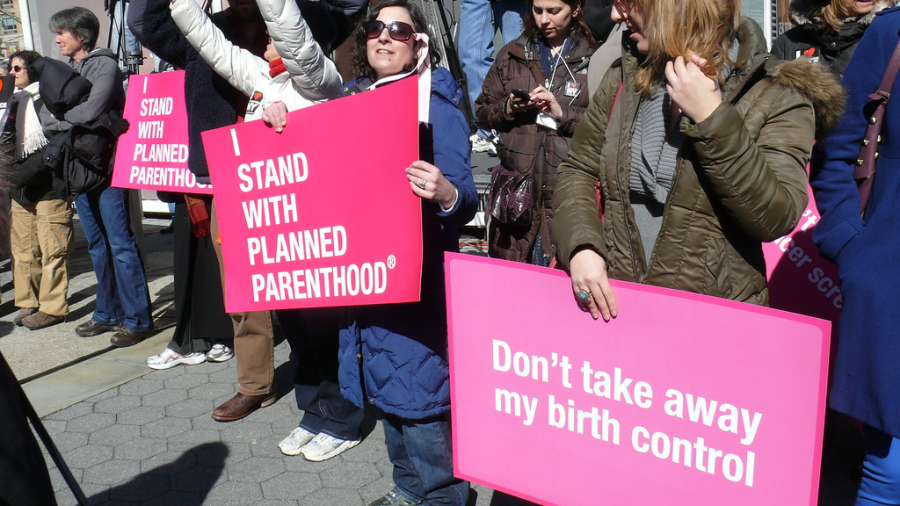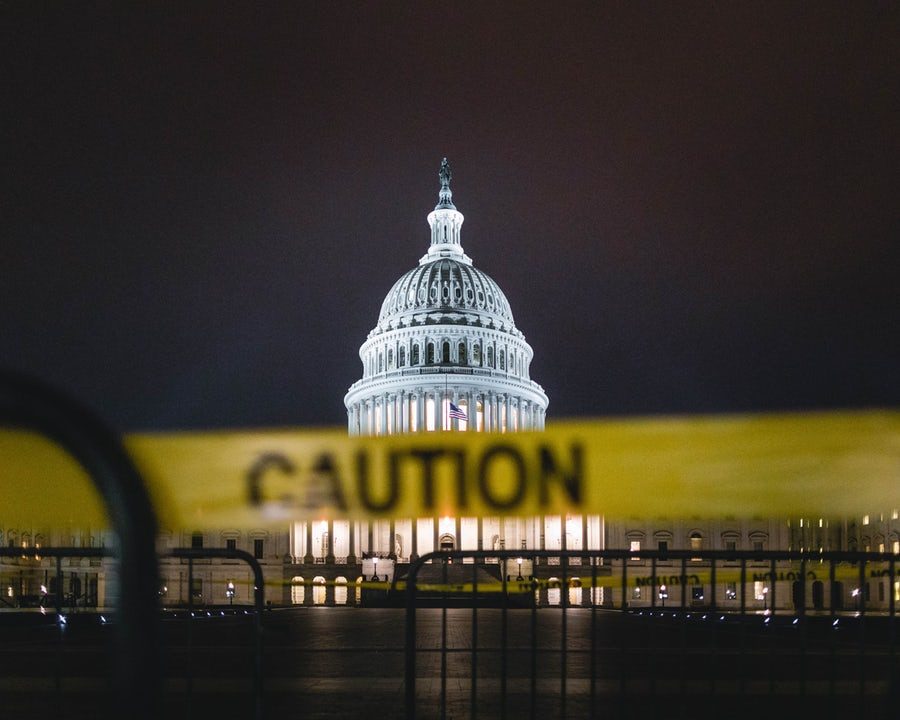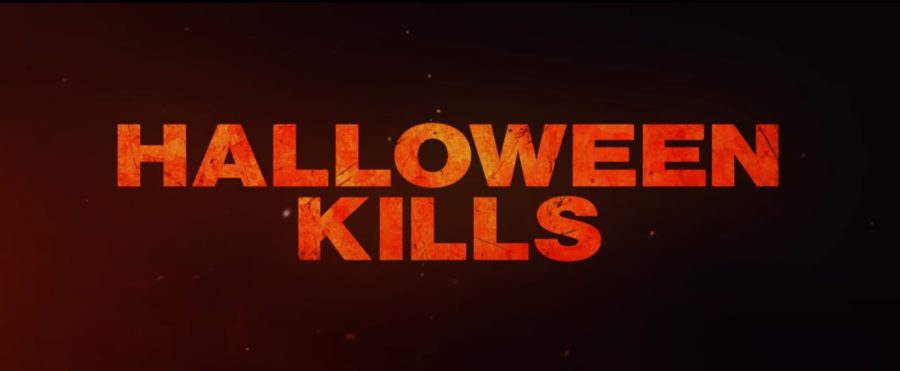Halloween Kills, kills viewers expectations
November 4, 2021
Halloween Kills, the twelfth movie in the Halloween franchise, premiered October 15, bringing fans of the Halloween franchise into the theaters for another installation of fright and horror.
Halloween Kills tells the tale of the fight against the elusive, murderous Michael Myers, played by James Jude Courtney, directly after Laurie, played by Jamie Lee Curtis; Karen, played by Judy Greer; and Allyson, played by Andi Matichak, trapped the killer in Laurie’s burning house at the end of Halloween (2018). Myers survives and spends Halloween night brutally murdering townspeople in Haddonfield, Illinois. Director, David Gordon Green pushed the sequel to become the number one movie in America, while making nearly $50 million on the opening weekend, with a budget of $20 million, according to boxofficemojo.com.
A sequel to the reboot of the Halloween (1978), Halloween Kills is an underwhelming movie because of the clichéd acting throughout the storyline, as well as stagnant, predictable action scenes and character inconsistency. Allyson and her boyfriend, Cameron, played by Dylan Arnold, invade the Myers’ house in the name of taking revenge for Allyson’s father, but within the eerie house, Cameron is easily killed by Myers with a shockingly well-acted response from Andi Matichak. His death deflated the audience’s expectations and hope for iconic characters to conquer the killer.
Dramatic scenes from Judy Greer fell short, lacking charisma and the life-or-death feel expected from the audience. When Karen Nelson attempts to stop her wounded mother, Laurie Strode, from leaving her hospital bed to fight Michael Myers, her weak acting dismissed the scene as unimportant regarding the character’s motivations.
Dialogue throughout the film was corny to a point of losing the audience’s attention as well as their respect. Without seeing the classic Halloween movie, watchers are lost in the chaos of the plot. The audience, without context of the original film, may feel as if they were robbed of the heightened suspense, phenomenal acting, and shocking editing that was present in the 1978 Halloween.
“I thought Halloween Kills was anticlimactic and lacked a plot,” Zoey Osbourne, senior, said. “I was pretty excited to see the movie and after I saw it, I thought it was repetitive, boring, and lacked the thrills the other movies in the franchise had.”
The technical aspect of the film underwhelms the expected punch to the audience that the original Halloween(1978) once had. Cinematographer, Michael Simmonds, developed inconsistent scenes as some shots were awkward and deflating, such as cutting out of a seemingly suspenseful scene of Myers invading Big John and Little John’s home. Transitioning to a dull, slow-moving scene directly from that suspenseful home invasion scene took all of the energy out of the scene when it cut back to the couple’s predicament.
This movie is recommended to audiences who enjoy slow-burn, themed movies, not particularly slasher films or high-speed horror movies. All in all, as a stand-alone movie, Halloween Kills ruins the expectation of horror scenes, even without context of previous movies in the series. Die-hard fans of the Halloween franchise are soon to be disappointed with the movie’s execution and Michael Myers’ executions.

















